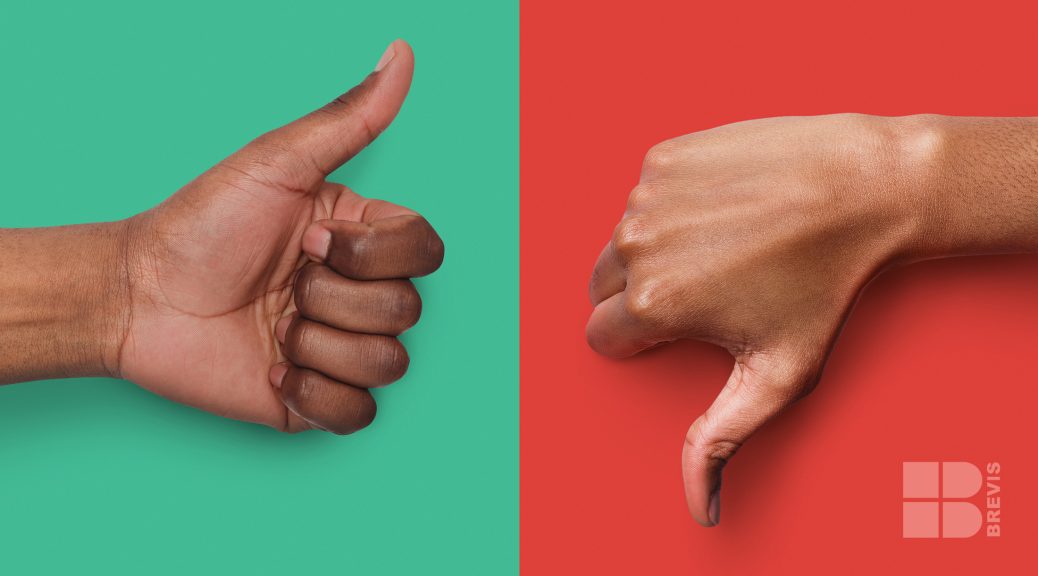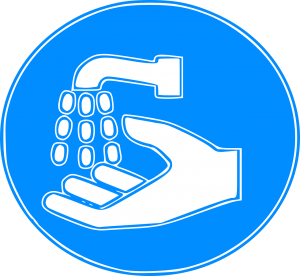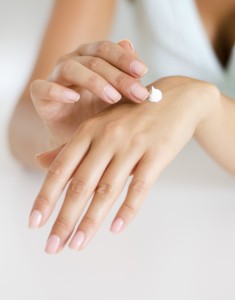As a physician I performed many medical exams which consisted of using my hands to examine patients. I delivered babies, performed pelvic exams and other procedures that involved using my hands or fingers. Very personal and invasive stuff. Yet no one complained because the context was correct.
But surely hands are more useful for everyday activities. Like the thumb. “No” when pointed down, as Senator McCain famously demonstrated. Up for “Yes” or “Good.”
And the index finger. A pointer, as in “Uncle Sam Wants You” posters that I remember from World War II. And the middle finger. Need I explain? Then there’s the fourth finger of the left hand. A convenient parking place for a commitment ring. (Some cynics might say it would better be a nose ring.) And what little can be said about the little finger. Just “pinky.”
And what can we say about the palm? I suppose in political parlance one “greases the palm” of the politician from whom one wants a favor. Ask any successful lobbyist. And, of course, one can suggest certainty by saying “you know something like the palm of your hand.” (Like the efficacy of grease?)
Kismet. It’s a movie that I pull out and watch every few years. Exotic places, times, music, dancers. But what I really enjoy is the soliloquy on hands that Hajj the beggar and storyteller sings just before his hand is about to be chopped off. Here are some lines:
“Dear hand, deft hand, clever and facile extremity, boon companion to me from my birth; sweet hand, swift hand, spinner of fable and fantasy, faithful friend of my art, would they rend us apart, leaving no finger or fist there, but just the hint of a wrist there? Is this a tale? Are you convinced? For the facile finger, listeners will linger. Reiterate. Gesticulate.”
To which the Wazir’s wife responds, “Rather clever, you must admit.”
Here we are 2022 years into the Common Era and we are still obsessed with our hands — or should be. These biomechanical marvels continue to amaze and amuse, to caress and insult, to feed faces and pull triggers, to cure cancer with deft scalpels and spread infections with careless equanimity. But if they offend us, should we lop them off?
Spread infections? As my groping digits search for keys that will make some printed sense, Joshua Bell is bringing Brahms back to life by making the strings on his wooden box vibrate just the way the concerto was intended. How can the hands that make heavenly music also spread hellish disease?
Technology astounds us. Stainless steel can be converted into a hostile venue for microbes by the addition of a few silver ions (Agion steel). Plastic toys are similarly treated to decrease the probability that child A will share his Shigella with child B at preschool. The country is drowning in alcohol. It’s applied externally and also internally in both biological and mechanical devices. We’re coated with antiseptics. And still the happy little hitchhikers sneak on to our hands and jump off where they are least wanted.
A 100 kg human weighs 100,000,000,000,000,000 times as much as a MRSA and yet our invisibly insignificant coccus outsmarts us in seemingly reverse proportions. Mercy! How can that be? Why can’t we germproof our hands with some magic nanotech coating that will sock it to the germs and end all our miseries? Maybe mañana?
On the other hand. . . .
Where do clean hands leave off and disease carriers begin? For many years, when we were younger, my wife of 68 years, Lovina, and I had many backpack adventures in the mountains of Utah, Idaho and Wyoming. We ate what we ate, but never scrubbed our hands with soap and warm water. Not even after we went to the “bathroom” (strange name for a toilet facility). Mostly because there weren’t any such. Unless one took the broad view that the whole earth is a toilet. And we never got sick. Luck? Good antibodies? No bad germs in the wild?
Back in “civilization” we worry about germs incessantly. Especially in hospitals. That’s where folk with serious infections go for treatment. Not because they want to become reservoirs of bad bugs to share with other innocent bystanders. But that is why hospitals can become concentration camps for germs looking for new hosts. And hands are convenient carriers of these bugs. (Not to mention droplets from coughing, sneezing and even speaking)
What to do?
Be considerate. Set a good example. Teach the next generation especially that proper hand washing is the single most important means for preventing the spread of infection. Here at Brevis we still believe that Cleanliness Is Next to Godliness. Not next to impossible as the cynics would say.
Check out our GlitterBug products that demonstrate the ins and outs of good hand hygiene. Clean hands are not the final solution, but they are the first step in being responsible and happy, healthy citizens.



